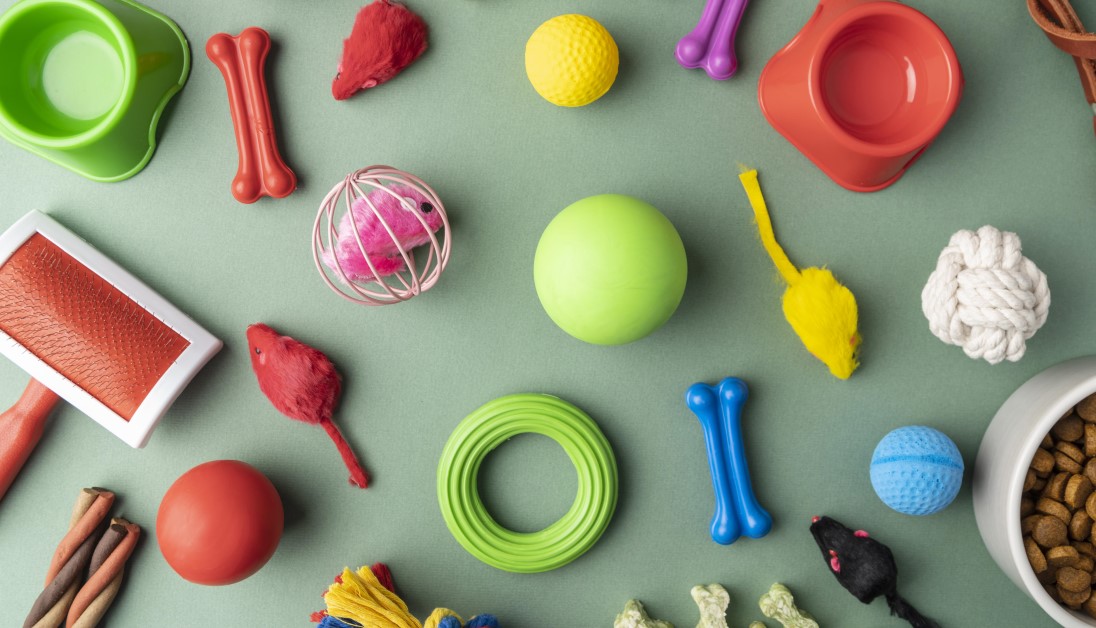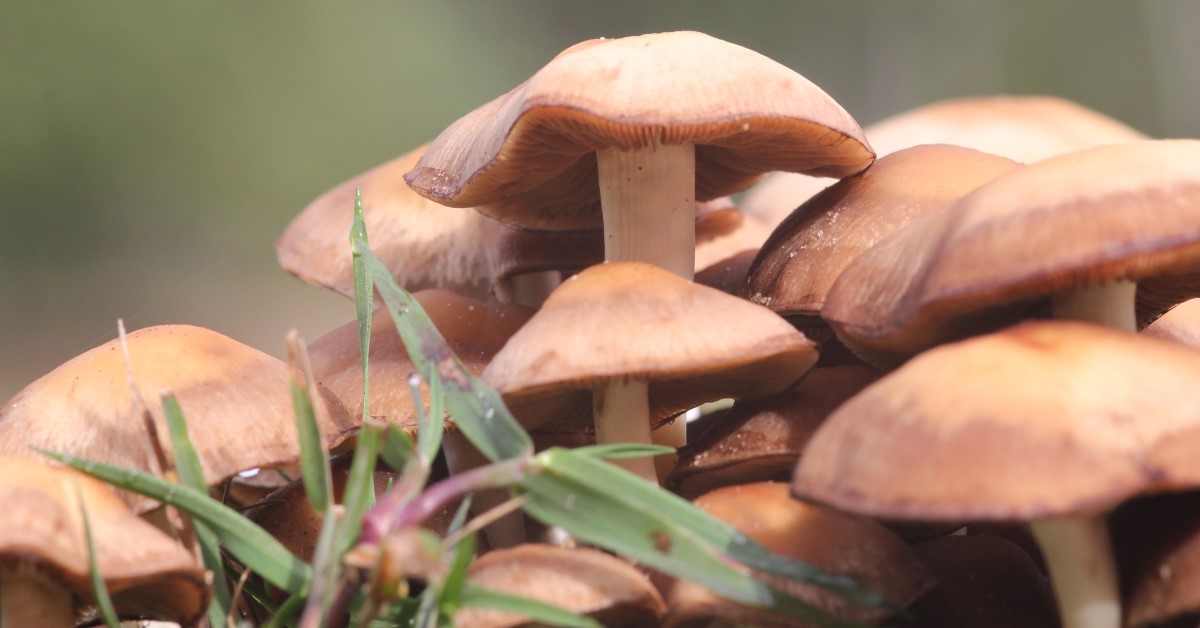Quick and Easy Guide to Cleaning Pet Toys
Keep pet toys in your home free of harmful bacteria and viruses with these simple cleaning tips.

Pets spend hours nibbling on their favorite toys and taking them from room to room. Over time, these toys inevitably become covered in dirt, slobber, and random debris. When your pet’s favorite toy becomes a breeding ground for bacteria and viruses, it can pose a health concern to others in the home.
Fortunately, there are several simple ways to clean your pet’s toys and eliminate any unpleasant odors. Follow this quick and easy guide to cleaning pet toys.
How to Clean Plush Toys
Plush toys are often the most difficult to clean as they are made of soft, absorbent materials that tend to hold onto dirt and smells. The easiest way to clean your pet’s plush toys is by putting them into the washing machine. Protect the toys by placing them into a mesh laundry bag. You’ll want to use hot water to kill bacteria and viruses.
The American Kennel recommends avoiding detergents that contain bleach or phenols, as well as products that have high chemical concentrations which can cause diarrhea, vomiting, and severe chemical burns. Choose a pet-friendly laundry detergent or use a natural alternative like white vinegar.
If you prefer to wash them by hand, fill up the sink with warm water and a pet-safe detergent or white vinegar. Gently scrub the toy with a soft cloth or brush. Rinse the toy thoroughly with clean water and allow it to completely air dry before returning it to your pet.
How to Clean Rope Toys
Rope toys are one of the dirtiest dog toys as they contain many fibers that collect dirt and grime. These toys are also controversial as heavy chewers may pull and swallow the strings. If your pet enjoys playing with rope toys, you’ll want to clean them properly to keep bacteria at bay.
Similar to plush toys, rope toys can be washed in a mesh laundry bag in the washing machine using hot water and a pet-safe detergent. Alternatively, they can be hand washed in the sink with warm water and a pet-safe detergent. Be sure to rinse the rope well and hang it to air dry.
How to Clean Rubber and Plastic Toys
Hard plastic toys and pet toys made of rubber require a different cleaning approach. As these types of toys can deteriorate in the washing machine, it’s best to clean them by hand.
Allow the toys to soak in a sink of warm water with a few drops of dish soap. Then use a scrub brush to gently clean away any dirt and debris. Rinse the toys well with warm water and allow them to air dry.
Some dog toys can be cleaned in the dishwasher on the top rack. Be sure to read the manufacturer's instructions to ensure that the toy is dishwasher-safe. As many types of plastic and rubber toys will melt at high temperatures, avoid using the dry cycle on your dishwasher and instead, allow the toys to air dry.
How Often to Clean Pet Toys
A germ study conducted by NSF concluded that pet toys were within the top ten germiest items in the average home. Research found that pet toys contain a wide range of molds, yeast, and bacteria, including Staph bacteria.
With your family’s health at risk, it makes sense that you’d want to wash your pet’s toys fairly regularly. For toys that are played with frequently, aim to wash them at least once a week. If your pet brings a toy outside or if it otherwise gets covered in dirt or food, try to wash it the same day.
Daily disinfection is important for dogs that eat raw diets. As these types of diets can contain listeria and salmonella, washing any pet toys that your dog has played with after a meal can help prevent contamination.
Creating a simple cleaning and organization schedule can also help keep your pet’s toys clean and tidy.
- Create a Schedule: Choose a day to wash your pet’s toys, such as each Friday. This can prevent you from overlooking this important chore.
- Have Supplies on Hand: Put together a cleaning caddy that contains everything you need to wash your pet’s toys, such as pet-safe detergents and scrub brushes.
- Promote Organization: Dog toys that remain on the ground are more likely to get dirty quickly. Have designated baskets or bins to hold the clean toys.
- Rotate Pet Toys: Having too many toys out can quickly create a mess. Consider putting away the majority of your pet’s toys and rotating out a few at a time.
- Replace Toys Regularly: Even gentle chewers will eventually ruin their toys. It’s important to regularly discard and replace pet toys when they start to deteriorate or become too soiled.
- Know the Signs: Be on the lookout for signs of bacterial growth on pet toys. This could include a musty smell, visible mold spots, or discoloration.
Keeping Your Pet Healthy
Cleaning your pet’s toys not only helps ward off potential illnesses, but also helps the toys last longer. When cleaning pet toys, fully inspect them for wear and tear. Any toys that are damaged pose a potential choke hazard and should be repaired or thrown away. Following these simple cleaning and safety tips can help keep your pet and family healthy.
Ready to start saving money on pet wellness care?
Then take a look at Mint Wellness, the pet wellness plan that provides fast reimbursement on routine pet care. Save on vaccinations, wellness exams, preventatives, dental, and more!
Learn More


